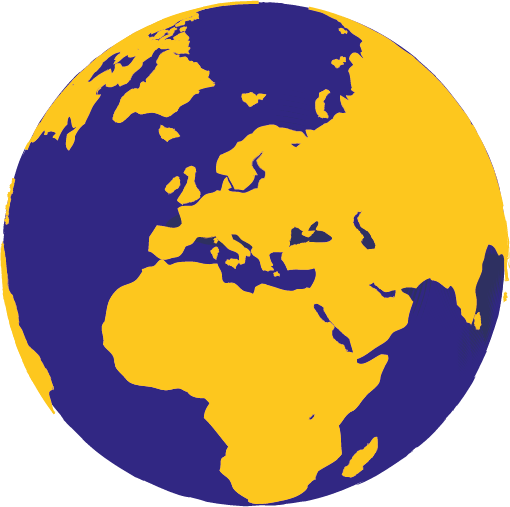Globally, an estimated eight million children live in institutions because they are poor, have a disability, or belong to a marginalised group. More than 80 percent are not orphans. Whilst most institutions for children (also commonly known as orphanages) are established with good intentions, over 80 years of research from across the world proves that children in institutions, who are deprived of loving parental care, can suffer lifelong physical and psychological harm.
The European Union has already taken leadership in recognising and tackling this issue and has sent a strong message to its Member States to act. Effectively, European Structural and Investment Funds cannot be used to build or refurbish institutions, but should instead support the process of deinstitutionalisation.
To ensure better outcomes for children, fulfil its human rights commitments and achieve policy coherence, it is essential for the EU to also apply the same principles in the framework of its external action. This is a key step towards the realisation of the goals set out in the SDGs and to ensure that the 2030 agenda meets its promise to leave no one behind.
This report, created in partnership with Hope and Homes for Children, highlights the key features of the phenomenon of institutionalisation of children and presents a set of recommendations for the EU to support child protection and care system reform.


